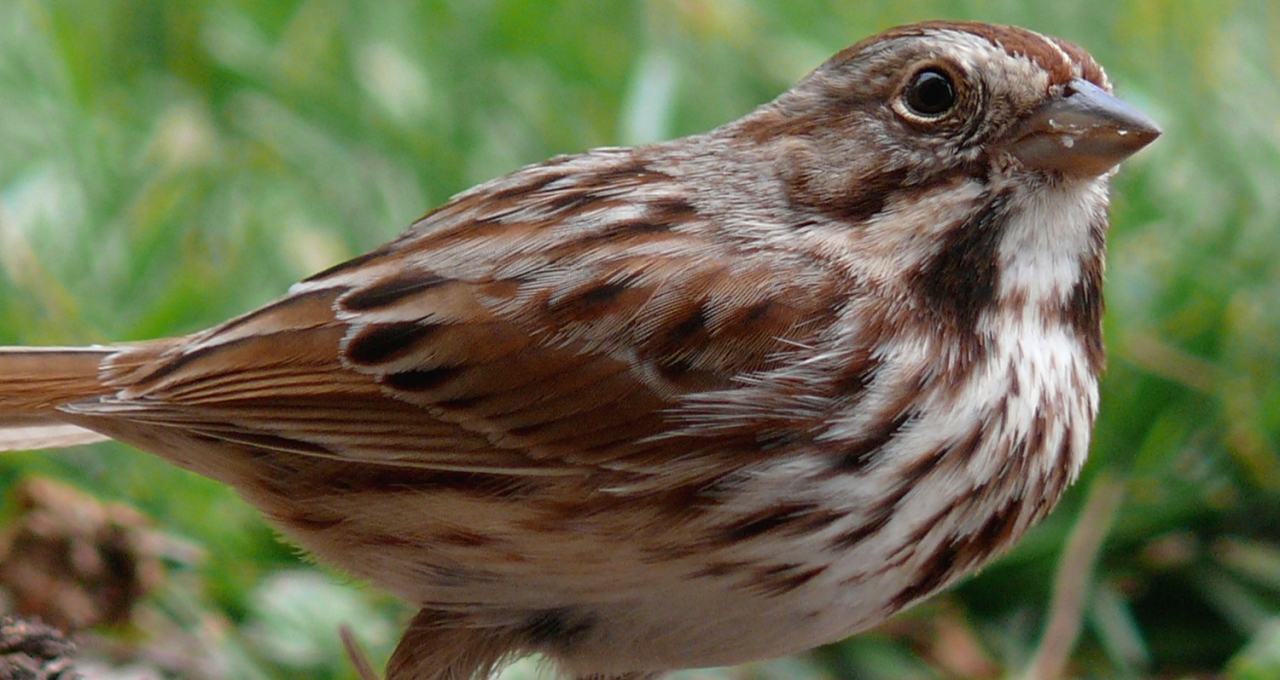The New York Times spoke to two—yes, two!—SOT members last week for a story on BPA, while Wired and the syndicated service Environmental Health News also included expertise from SOT members.
SOT Member Research
 In a statement based on the discussions at the 5th International Workshop on Poly- and Perfluorinated Substances, held in Helsingør, Denmark, in October 2013, Thomas F. Webster and his co–authors recommend that fluorochemicals only be used when absolutely essential. The authors discuss how just as much is unknown about the long–term effects of fluorochemicals as the perfluorinated chemicals they are replacing.
In a statement based on the discussions at the 5th International Workshop on Poly- and Perfluorinated Substances, held in Helsingør, Denmark, in October 2013, Thomas F. Webster and his co–authors recommend that fluorochemicals only be used when absolutely essential. The authors discuss how just as much is unknown about the long–term effects of fluorochemicals as the perfluorinated chemicals they are replacing.
“Exposure to UFP promotes lipid metabolism, villus shortening, and inflammatory responses in mouse small intestine, whereas administration of D-4F attenuated these effects,” according to new research in Environmental Health Perspectives. The research by May Bhetraratana and colleagues exposed LDLR–null mice to filtered air and ultrafine particulate matter (UFP) to determine the effect of the particles on gastrointestinal processes.
SOT Members in the News
A New York Times article by best–selling author Deborah Blum featured interviews with Jodi A. Flaws and Tracey Woodruff. The members discussed the state of BPA research and how evidence is stacking up that BPA is harmful to ovaries. Stating that the National Toxicology Program was in the midst of a review of all BPA research, Dr. Woodruff provides some simple advice to New York Times readers: “Avoid the compound when possible and, other than that, ‘don’t drive yourself crazy.’” When this article was shared with the SOT community on Facebook, it became the Society’s post popular post for the year thus far.
Zombie ants is a phrase used to describe what happens when ants are infected by a fungus that causes them to hang upside down on a branch and remain there while the fungus takes over, ultimately killing the ant. Observed in South America, the phenomenon has just been spotted in the US. A Wired article discusses research from Penn State University scientists, including Andrew D. Patterson, who worked with a South Carolina–based photographer to study the fungus and its effect on ants. In the process, they identified the chemical cocktail causing the behavior and found that the fungus only targets specific ant species.

Last week, Environmental Health News began featuring a series on the global state of bird health and what it tells us about human and environmental health. In the fourth edition of the series, “Heavy metal songs,” Nil Basu is quoted: “There's a global decline in songbird populations. I can't help but think that mercury and other chemicals and organic compounds are partly implicated in this.” Linda Birnbaum is interviewed in the sixth edition, “Toxic gulls.”
Science and Public Health News
To stay abreast of these types of items throughout the week, be sure you “like” SOT on Facebook and “follow” SOT on Twitter.
Have news or research you want featured in the future? Send me an email.